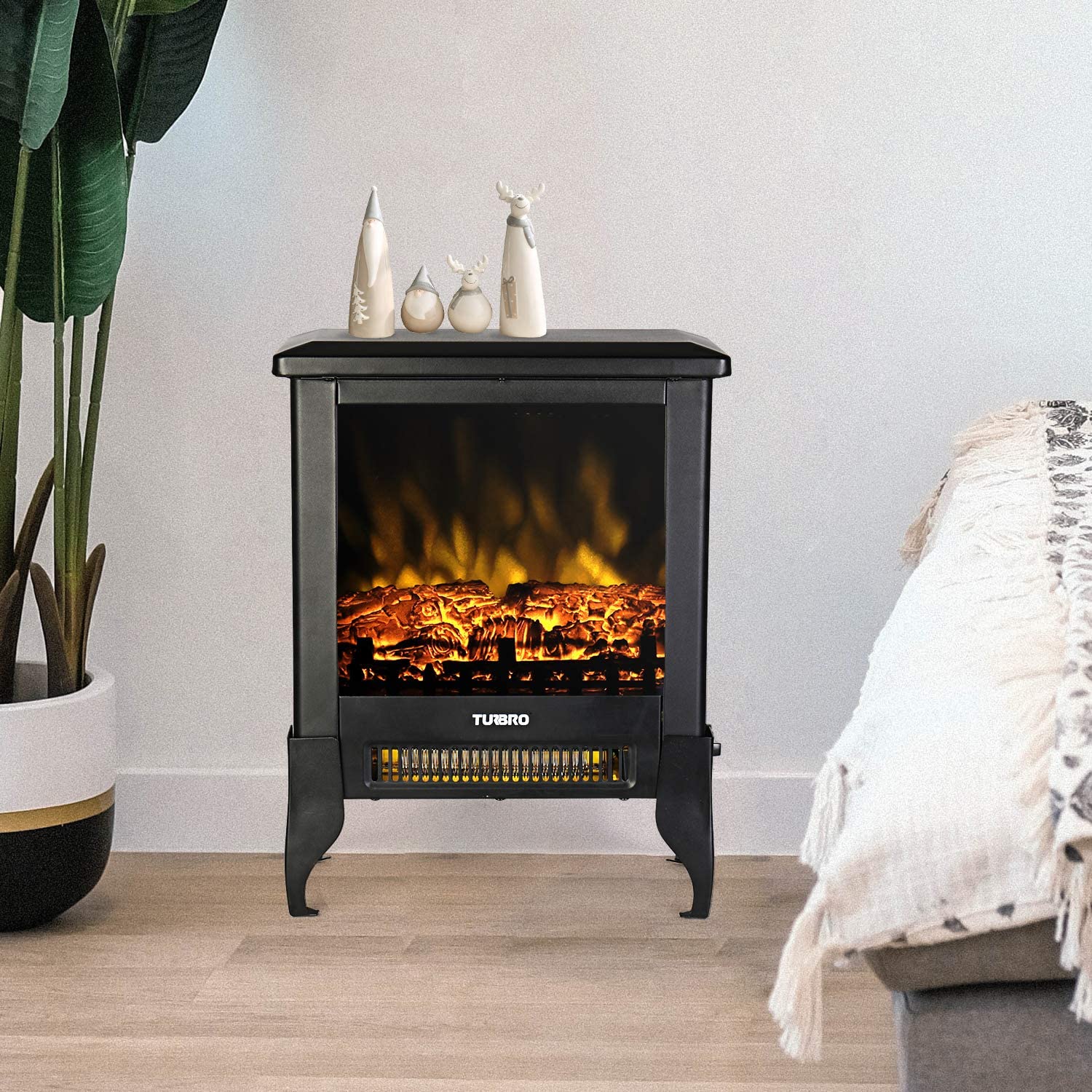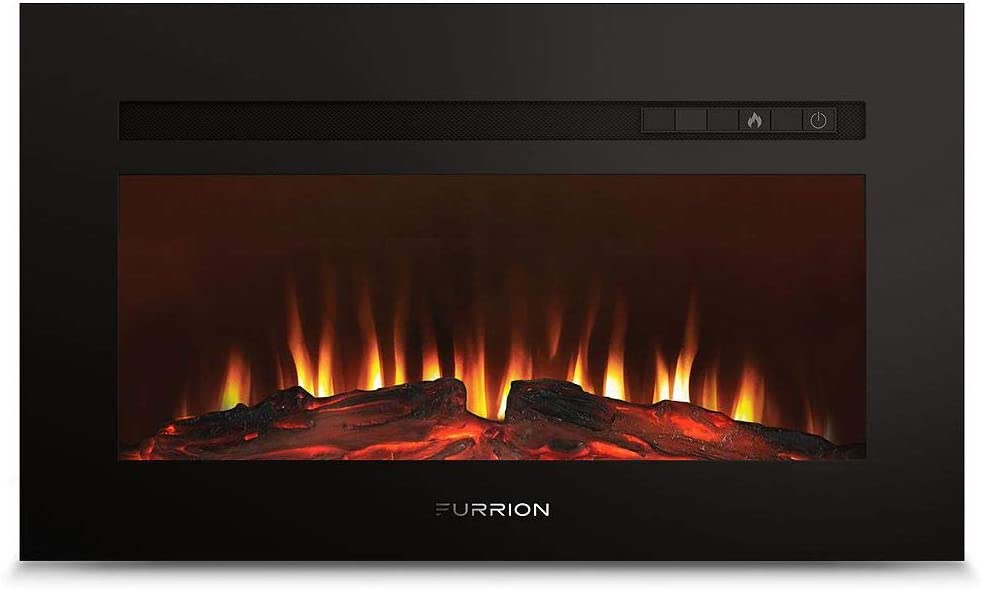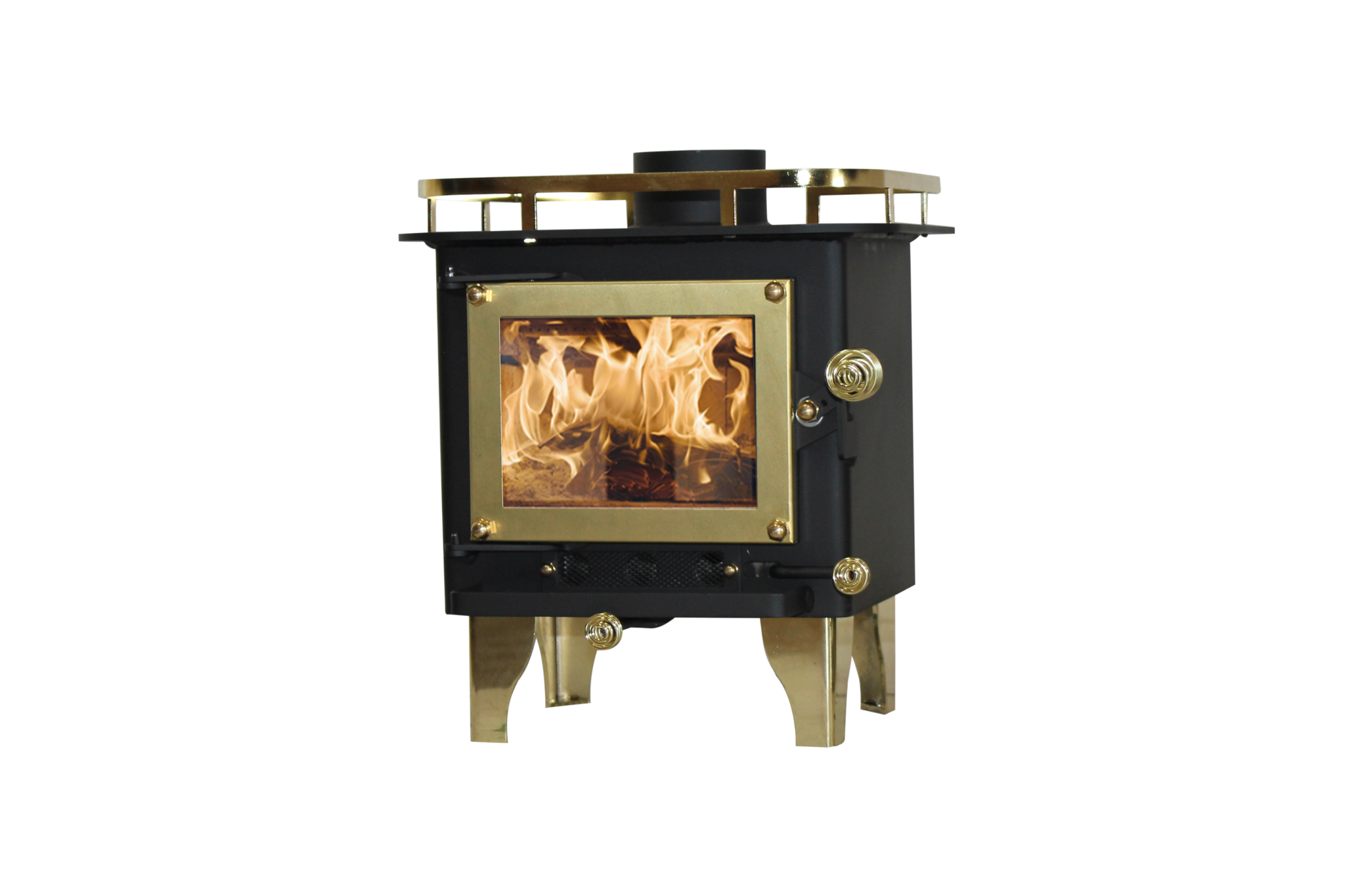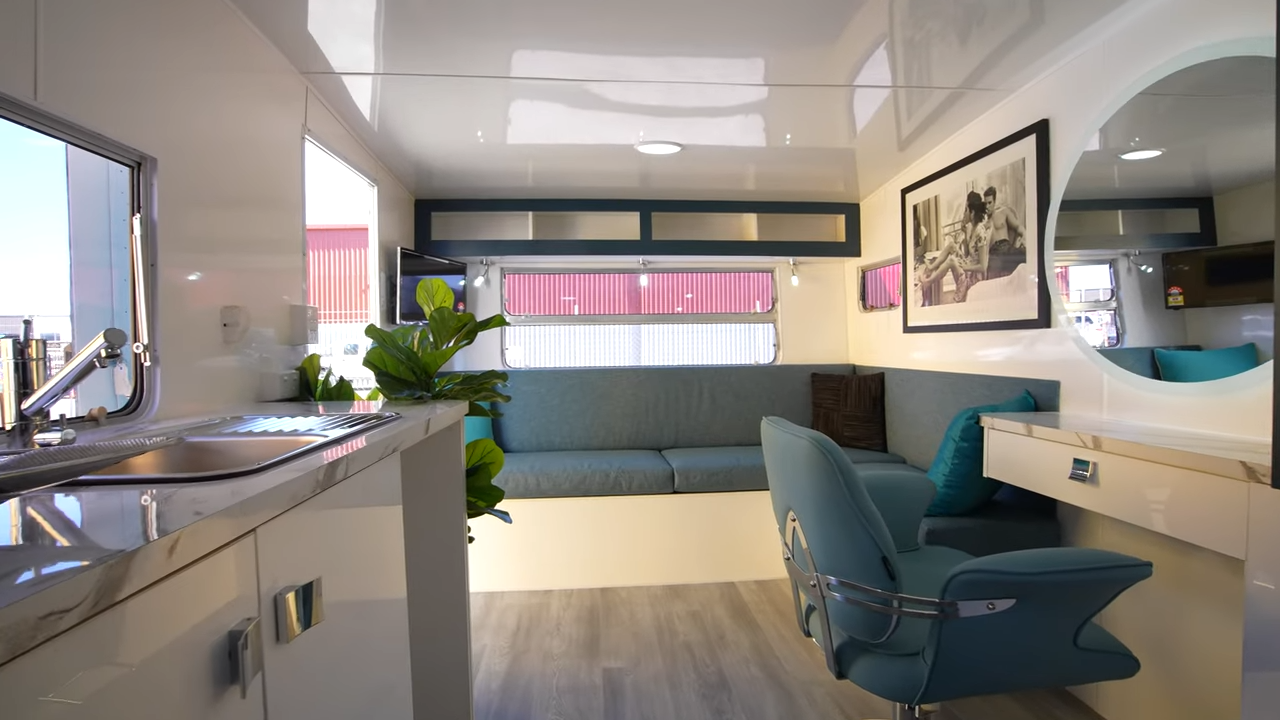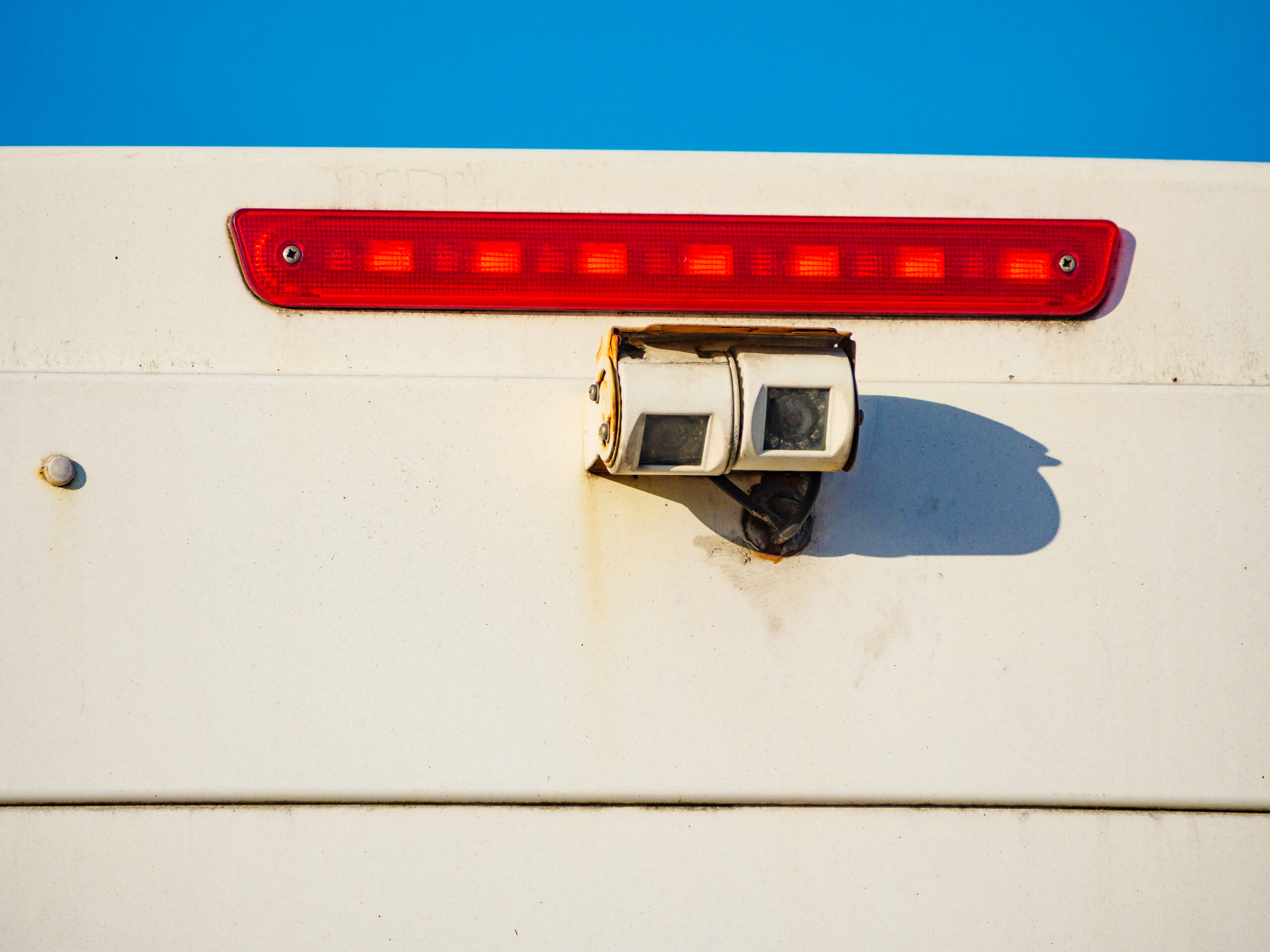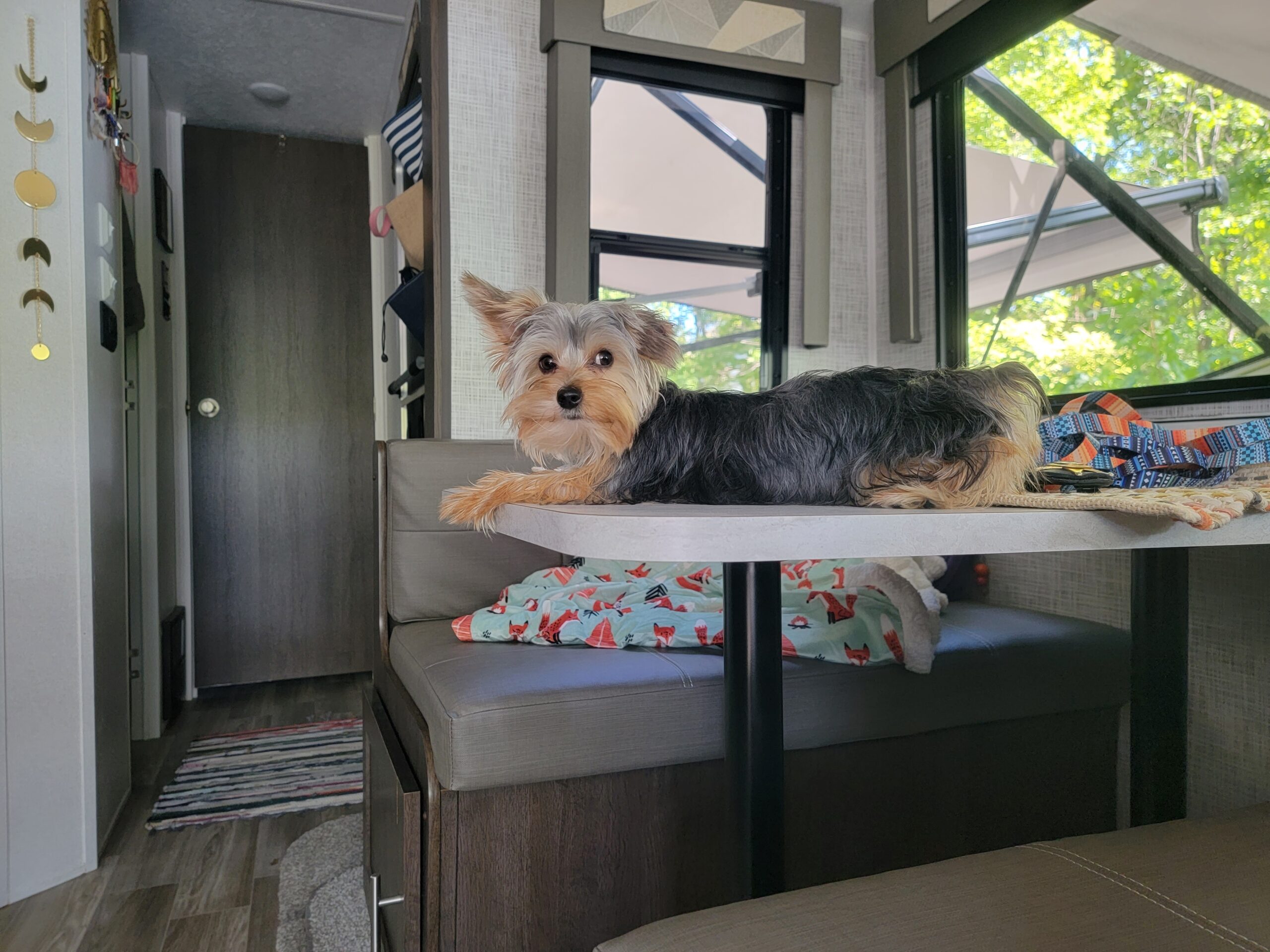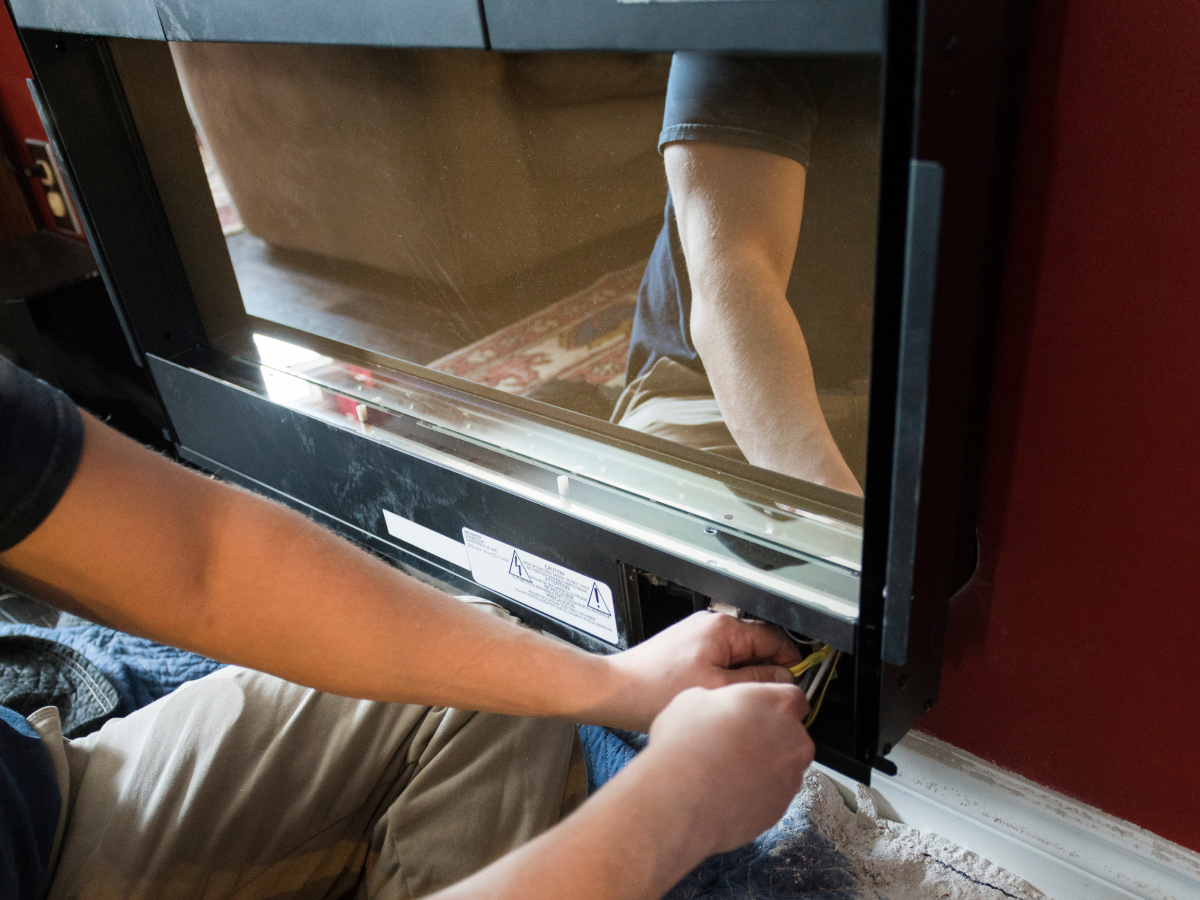
Can You Put a Fireplace or Wood Stove into an RV? Yes!
If you’re looking for an RV upgrade this winter season and you want to warm things up, you might want to consider an RV fireplace or wood stove.
In this article, we look at the pros and cons of installing a RV fireplace versus installing a wood stove in your RV. Which is better for your RV upgrade? Well, that depends… let’s have a look at each option.
Overall, the pros for both option are:
- Aesthetically appealing
- Improves ambience
- Warms up the interior of your rig
Before diving in, be aware:
The National Fire Protection Association (NFPA) estimates that 20,000 RV fires occur annually
Kathy Komatz, National Structural Fire Training Specialist
For more information, check out these RV Fire Safety Resources.
RV fireplace
Installing an RV fireplace in your rig can elevate your space and bring a warm coziness to the inside that just can’t be achieved any other way. Another bonus is that an RV fireplace can heat up your rig when things get chilly.
Instead of using an electric space heater (which might pose a fire hazard), an RV fireplace can take the chill out of the air.
Benefits of an RV fireplace
Let’s look at the benefits of installing an RV fireplace:
- Easier installation method than a traditional wood stove. Typically there are 2 different easy installation methods: freestanding or mountable. You can simply install a fireplace into a free area of space in your RV.
- The fireplace units are sized to fit into existing spaces or empty cabinets.
- Normally there is no venting or additional clearance required. It’s really plug and play!
- If heating is not the primary goal, you can install a fireplace for aesthetics and to create a nice ambient environment.
- No maintenance! Because these fireplaces are electric, they do not need to be cleaned like a traditional wood stove.
Cons of an RV fireplace
Let’s look at the cons of an RV fireplace:
- Has to be installed near an electric outlet, otherwise you need to run an extension cord.
- Internals can get dusty. You might need to disassemble parts of your RV fireplace on a regular basis to blow out or vacuum the dust.
- Can’t be moved to another location like a portable electric heater.
- Takes up potential storage space if installed in a cabinet.
What is the best RV fireplace?
There are two different types of RV fireplaces that you might consider installing: freestanding and mountable.
For the freestanding model, check out the TURBRO Suburbs TS17 Electric Freestanding Fireplace. This unit has the look of a wood stove but it is electric. You have the choice to use this fireplace with or without heat.
The power supply is 110-120 V and 1400 watt. It pumps out 4,777 BTU of heat and is large enough to heat 400 square feet of space!
For a mountable option, check out the Furrion Electric Fireplace RV-FF30SW15A-BL. This model lets you choose between a wood insert or crystal insert depending on your design.
This fireplace has a required depth of 6.5 inches but that should be adequate for most RV cabinets — it’s designed for RVs after all! Another great feature is that this fireplace can heat a space of up to 500 square feet.
Wood Stove
There is nothing better than the smell of a wood stove. So why not add that comforting smell to your RV? If a fireplace adds coziness and ambiance, a wood stove will amplify the coziness and ambiance by 100!
Sadly, upgrading your RV with a wood stove is not as simple as adding a fireplace.
Benefits of a wood stove
Let’s look at the benefits of installing an RV fireplace:
- Save on electric costs. A wood stove does not use electric power.
- Provides a dry heat which lowers the risk of condensation. If you don’t know about condensation, then be sure to check out our guide on How To Reduce Condensation In Your RV.
- You can cook on your wood stove as well as heat your RV.
Cons of a wood stove
Let’s look at the cons of a RV fireplace:
- Constant tender love and care to keep the fire burning.
- Needs a lot of maintenance to keep it clean and prevent the wood stove from burning down your rig.
- Carbon monoxide risk (the silent killer).
- May potentially void your insurance policy.
- Needs to be vented outside of the rig. So this means you need to cut a hole in the roof or wall of your RV in order to route the chimney outside.
Really want a wood stove in your tiny space? Then go to the experts at Cubic Mini Wood Stoves (@cubicminiwoodstoves).
Want to read more about RV upgrades? Check out our Complete Checklist Of RV Upgrades And Modifications.
Which RV upgrade have you done or want to do: an RV fireplace or a wood stove? Let us know in the comments below, on our Facebook page, or share them with the RV community on iRV2 Forums.

